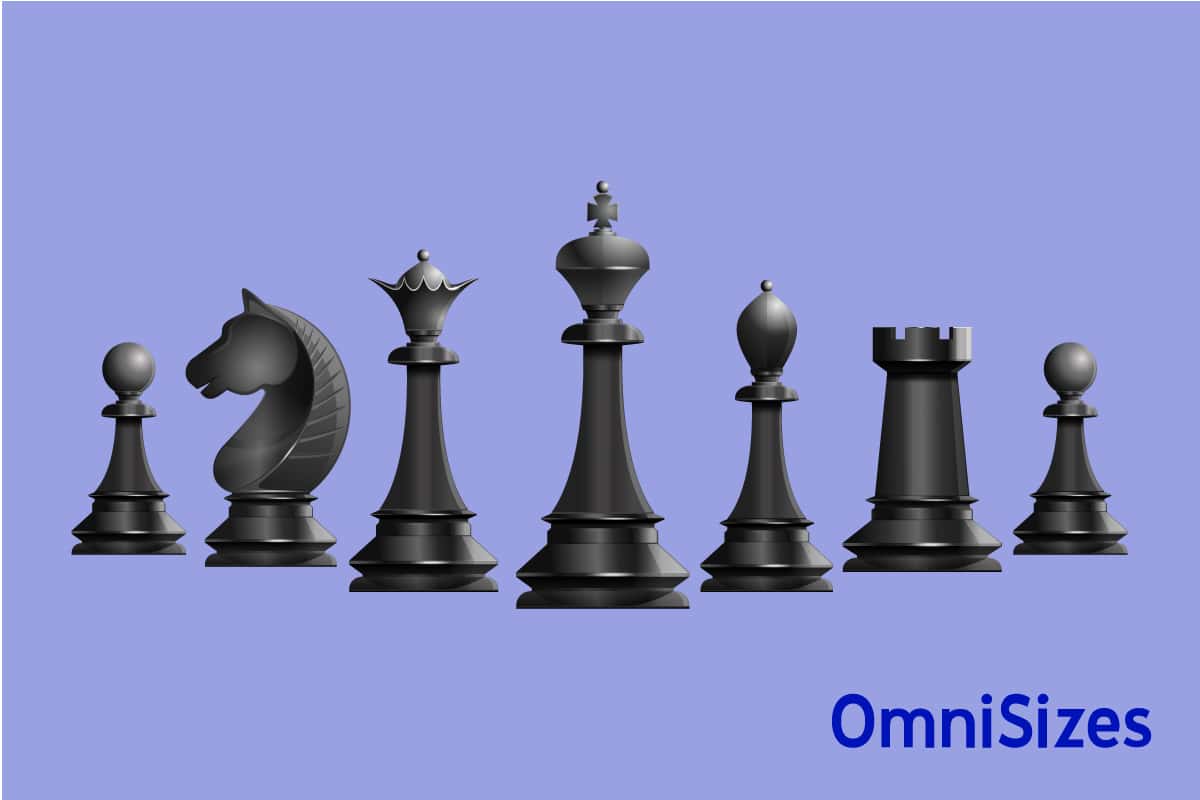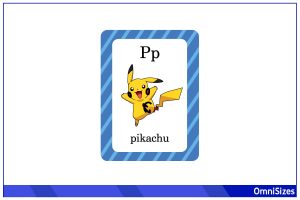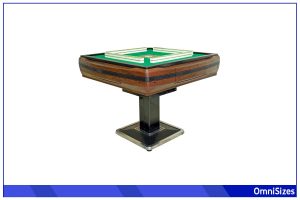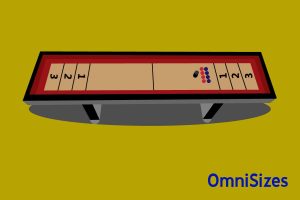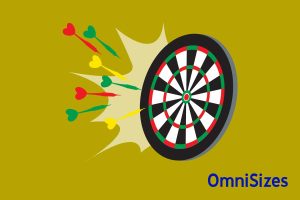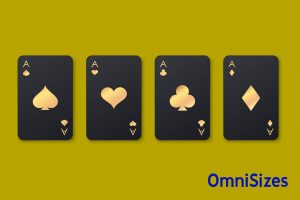Chess piece sizes ensure players can differentiate pieces and move them smoothly on the board. The right size of each piece, especially when compared to the board’s squares, enhances gameplay and avoids overcrowding.
When choosing chess pieces, consider their proportion to the board. For instance, a king’s base diameter should ideally be 0.78 × the size of the square. So, for a square measuring 2.5 inches, the king’s base should be approximately 1.95 inches or 4.95 centimeters.
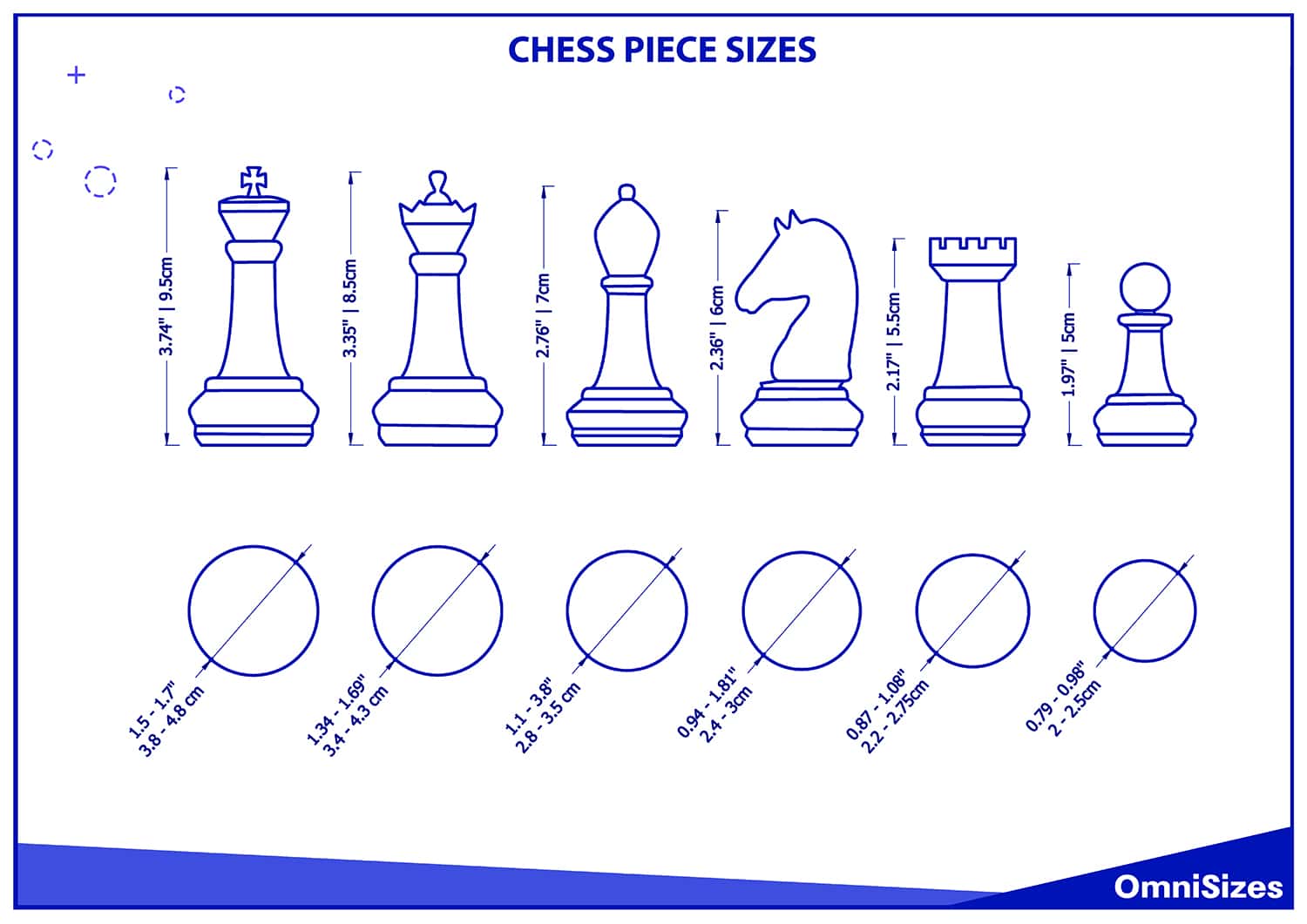
This guide will describe the guidelines for pairing chess pieces with their appropriate boards and explain how you can test your board for overcrowding.
The Significance of Chess Piece Sizes
The world of chess revolves around strategies, sharp minds, and of course, the iconic chess pieces that make the game what it is. However, the dimensions of these pieces aren’t arbitrary.
1. Harmonizing with the Board
Chess boards come with squares, and the size of these squares is pivotal when determining the size of your chess pieces. A well-sized piece should occupy the square without making it look cluttered, and there should be enough room for players to grip and move them. If your pieces are too big, they could overlap with adjacent squares.
2. Affecting Gameplay and Strategy
The size of chess pieces directly influences the gameplay. Oversized pieces on a smaller board can easily lead to mistakes, as players might unintentionally touch or move adjacent pieces. Similarly, undersized pieces on a large board might diminish the visual appeal and make it harder for players to immerse themselves in the game.
3. Compliance with Official Standards
Professional chess tournaments and competitions adhere to standards set by governing bodies like FIDE (Fédération Internationale des Échecs or International Chess Federation). These standards include guidelines for chess piece sizes to promote consistency in tournaments worldwide.
4. Aesthetics and Tradition
Traditional chess sets, like the Staunton design, are globally recognized and have specific dimensions for each piece. These designs have been refined over centuries, resulting in pieces that are not only functional but also aesthetically pleasing.
Chess Piece Size Chart
While the strategy takes center stage, the size of your chess pieces plays an understated role in the game’s flow. Learn about exact chess piece sizes down below.
Standard Measurements and Proportions
Chess pieces, especially in official settings, have standardized sizes. The king often serves as the primary reference for the size of all other pieces. Typically, the diameter of the base of any chess piece is 40 to 50% of its height. This allows each piece to stand firm on the board with easy handling during the game.
FIDE’s Recommendations
FIDE has set guidelines on chess piece sizes to maintain consistency across global tournaments. The measurements provide a harmonious relationship between each piece, creating a balanced look and feel on the board.
Here’s a table detailing the sizes as recommended by FIDE:
| Chess Piece | Height (inches) | Height (cm) | Diameter (inches) | Diameter (cm) |
| King | 3.74 | 9.5 | 1.5 to 1.7 | 3.8 to 4.8 |
| Queen | 3.35 | 8.5 | 1.34 to 1.69 | 3.4 to 4.3 |
| Bishop | 2.76 | 7 | 1.1 to 3.8 | 2.8 to 3.5 |
| Knight | 2.36 | 6 | 0.94 to 1.81 | 2.4 to 3 |
| Rook | 2.17 | 5.5 | 0.87 to 1.08 | 2.2 to 2.75 |
| Pawn | 1.97 | 5 | 0.79 to 0.98 | 2 to 2.5 |
Square to Base Ratio
One of the subtle aspects of chess that makes a big difference in gameplay is the relationship between the size of the board squares and the base of the chess pieces. This concept, known as the square to base ratio, affects how the pieces fit on the board and how they move.
A common guideline suggests that the base diameter of a chess piece, especially the king, should be around 78% of the size of a square. So, if you have a square that’s 2 inches wide, the base diameter of the king should be about 1.56 inches.
You might wonder why such a specific ratio is recommended. Here’s why:
- Playability: Pieces that fit well within their squares are easier to move around without knocking over neighboring pieces. This is especially handy in faster games like blitz chess where every second counts.
- Aesthetics: A board where the pieces fit just right is visually pleasing. It gives the game a harmonious look and feels professional, whether you’re playing in a tournament or at home.
- Consistency: For those who play in different settings or with different sets, maintaining a consistent ratio means you won’t have to readjust to different spacings. This can be a minor but noticeable advantage in gameplay.
While 78% is a common recommendation, it’s not set in stone. Some sources might suggest a range of 75% to 80%. Some players might prefer their pieces to have a bit more breathing room, while others might like them to take up more space on the board. What matters most is that the pieces are easy to handle and that they don’t feel overcrowded on the board.
Testing Your Chess Board for Overcrowding
Ever set up a chessboard and felt like the pieces were too close together? Or maybe there seemed to be too much space between them? Let’s discuss how to test your chessboard for overcrowding and find that perfect balance.
Simple Tests for Overcrowding
- The Finger Test: Place your index and middle fingers together. Now, try to fit them between two pieces without touching either. If you can’t, your board might be too crowded.
- The Movement Test: Try moving every piece around the board, especially the larger ones like the queen and king. If you find it hard not to bump into neighboring pieces, you may have an overcrowding issue.
- The Visual Test: Stand up and view the board from a distance. Does it look cluttered? If yes, the pieces might be too close together.
Adjusting Your Setup
- Changing Pieces: If your board is the right size but the pieces seem too big, consider getting slightly smaller pieces. Conversely, if there’s too much space, larger pieces might be better.
- Switching Boards: Sometimes, it’s the board that’s the issue. If your squares are too small or large for your pieces, a new board might be in order.
- Alternate Setups: While traditional setups are standard, you can explore different arrangements or even custom boards that allow for more space.
